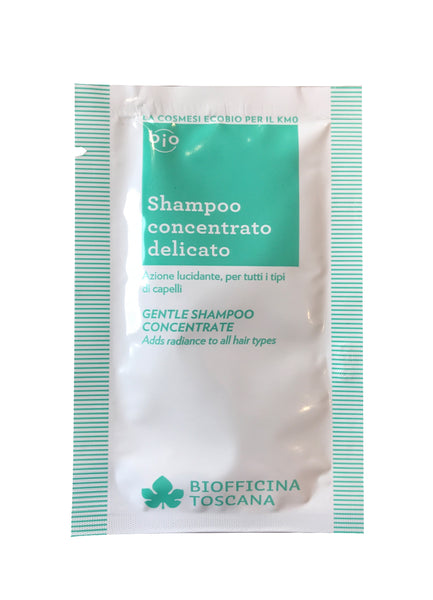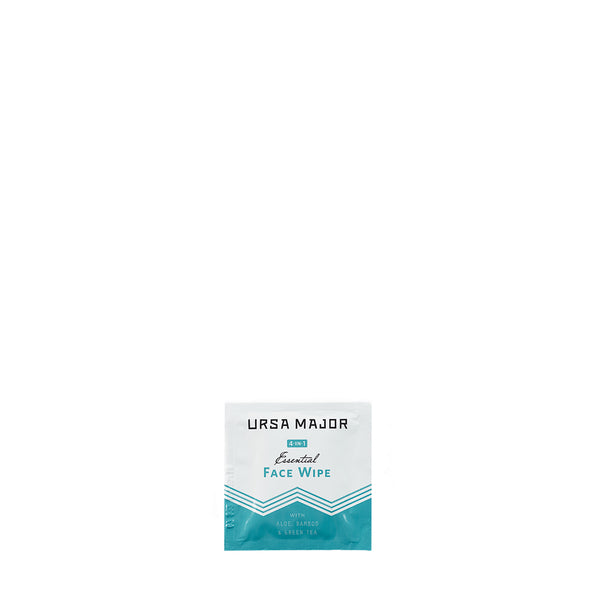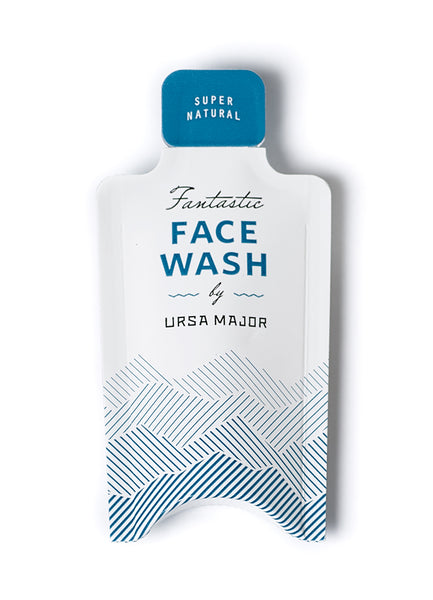Recent Articles
One of Marie Veronique’s best sellers at Ayla, the Balancing HypoTonic, is often at the top of our list when we’re suggesting products for travel. It prompted us to ask Marie, “How can we think about our skin’s needs as we travel, especially as the weather gets warmer through spring and summer — and in general?” Read on for her answers.

Dara: Many of us in the US — particularly here in California — have experienced what we’d consider a winter of extremes, as far as weather is concerned. As we move now from spring into summer, potentially with very hot weather, how do you suggest we think about what our skin needs, and how to navigate changes in its needs?
MARIE VERONIQUE: Great question and the very one that is going to be asked more and more as time goes on and temperatures become even more extreme. Our barrier protection will be challenged to its utmost.
I invite everyone to do a little thought experiment with me. I don’t know about you, but when I watch a documentary about people who live where temperatures are already extreme, say in the mountains or the desert, I’m looking closely at their skins. You’ll notice they are showing signs of wear and tear very early in life—even the little kids have bright red cheeks and young people have dry, leathery skin. What are they missing? Their diets are healthy and their lifestyles are really impeccable—they get plenty of exercise, sufficient sleep, very little alcohol. The answer is of course ROS damage from sun exposure. It’s really a direct connection, with high altitudes causing more damage due to less protection from the ozone layer.
Soooo…the best protection is sunscreen vigilance, and if you are ever tempted to skip the sunscreen, think again. Remind yourself that UV radiation causes DNA changes in the skin that can lead to premature aging, i.e., wrinkles and skin cancer. Once the DNA is damaged there’s no going back from that, though it may not show up right away.
Dara: A lot of people are planning summer travel, which can involve further swings in temperature and humidity. Do you have suggestions for us all as we think about what skin needs for travel?
MARIE: Consider the challenges presented by the environment and your activities. If you’re clubbing all night, you won’t need to worry about sunscreen, though you may want to pound the water. No matter what you’re doing it doesn’t hurt to take a night off for a little skin time, where you treat your skin to a moisturizing facial. If you’re going to a hot country, be sure and find out what the locals are using to protect their skins — they are going to surprise you with their answers. In fact, do me a favor and bring some of their wares back to show me.
Dara: I always bring back their wares! I also find, personally, that whenever I travel, the water has a pretty major impact on my skin and hair. For example, when I stay in a place with very hard, mineral-rich water, the Hypotonic is a must have. How do you think about differences in water and how that might impact skin health?
MARIE: Oh yes, hard water is very different from soft water. I often hear people tell me about the problems they’ve had with acne or other skin conditions when they changed countries — problems they’d never had before. It can be a real problem if you are relocating permanently. If it’s a short visit then your skin may complain, but chances are you won’t experience lasting damage. Bringing a rebalancer like Balancing Hypotonic is a great idea.
Dara: We love your protocols. What’s yours for travel?
MARIE: Bottom Line? Skin must-haves are: zinc oxide-only sunscreen, Vitamin C serum, protective oil, hats, protective clothing.
Sun protection is a system, not just sunscreen. It should be:
1) Vitamin C topical — e.g. Vitamins C+E+Ferulic Serum
2) Astaxanthin — a carotenoid that gives extra protection when applied topically, e.g. Daily Protective Oil
3) Sunscreen, zinc oxide-only SPF 30 — e.g. Everyday Coverage Tinted Sunscreen SPF 30
It’s also important to take your daily vitamins as well as applying them topically.
Supplements:
Vitamin C supplements, 1,000 to 3,000 mgs daily. Take with Vitamin E.
Astaxanthin: If you are sensitive or have fair skin, start taking astaxanthin capsules two weeks before you go on vacation, continue taking it on vacation, and apply it topically with your oil blend.
If you love being a beach bum, choose exposure times carefully (avoid hours between 10 AM and 2 PM when UVB is at its strongest) and otherwise stay in the shade. Don’t forget UV protective sunglasses, either. An ounce of prevention is worth a pound of cure.



















